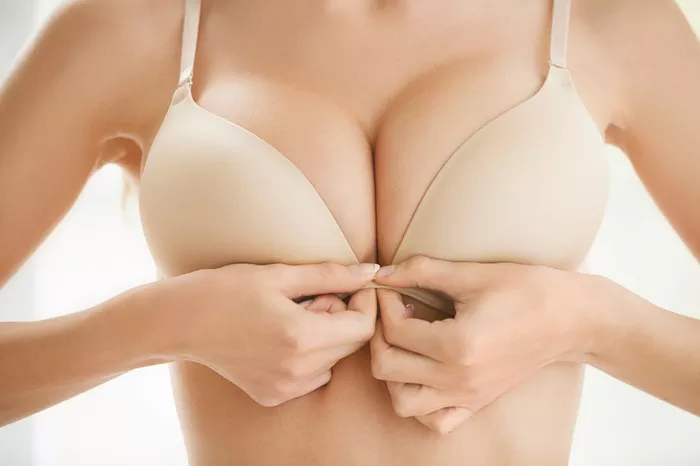Breast augmentation is a popular cosmetic procedure that involves the use of breast implants to enhance the size and shape of a woman’s breasts. Women often wonder how long it takes for their breast implants to “puff up” or settle into their desired position after surgery. In this article, we will explore the factors that influence the time it takes for breast implants to puff up and provide a comprehensive understanding of the post-operative recovery process.
Understanding Breast Implant Surgery
Breast implant surgery, also known as augmentation mammoplasty, involves the placement of silicone or saline implants beneath the breast tissue or chest muscle. Surgeons can make incisions in different locations, such as under the breast crease, around the nipple, or in the armpit, to insert the implants. Once the implants are in place, they need time to heal and settle into their final position.
Factors Affecting Implant Puffing
Implant Type: The type of breast implant used can influence the puffing process. Silicone implants tend to have a more natural feel and may take longer to settle, while saline implants often puff up more quickly due to the ability to adjust the implant’s volume during surgery.
Surgical Technique: The surgical approach employed by the surgeon can impact how quickly the implants puff up. The incision site and implant placement location affect the healing process and final positioning.
Tissue Elasticity: The natural elasticity of a patient’s breast tissue varies among individuals. Women with more elastic breast tissue may notice a faster puffing-up process compared to those with less elasticity.
Implant Size: The size of the breast implants chosen can also affect the time it takes for them to puff up. Larger implants may require more time for the surrounding tissues to adjust and accommodate the new size.
Post-Operative Care: Following post-operative care instructions diligently is crucial for a smooth recovery and optimal implant positioning. Activities that strain the chest muscles should be avoided during the initial healing phase.
The Puffing-Up Timeline
Immediately After Surgery: Right after the breast implant surgery, the breasts may appear swollen and high on the chest due to the initial inflammation and tightness of the surrounding tissues. This is completely normal and not the final position of the implants.
Week 1-2: During the first two weeks, the swelling gradually subsides, and the implants start to settle. The breasts may still seem high, and they might not yet have the desired puffiness.
Week 3-6: By the third to sixth week, the majority of the swelling should have resolved, and the breasts begin to take on a more natural shape. However, full puffing-up might not be achieved yet.
Month 2-3: Around two to three months after the surgery, most patients notice a significant improvement in the puffiness of their breasts. By this time, the implants should be in a more natural position and have settled further.
Months 4-6: Over the next few months, the breasts continue to soften, and the tissues adapt to the presence of the implants. The final puffing-up usually occurs during this period.
Long-Term Results: It’s essential to keep in mind that the final results of breast implant surgery may take up to six months or longer to be fully evident. The puffing-up process can vary depending on individual healing rates and anatomical factors.
Conclusion
The process of breast implants “puffing up” or settling into their final position after surgery is a gradual one. Several factors, including implant type, surgical technique, tissue elasticity, implant size, and post-operative care, influence the timeline. Patients must have realistic expectations and be patient during the recovery period, as the full results may take several months to become evident. Consulting with an experienced plastic surgeon and following their guidance will help ensure a successful breast augmentation journey with satisfying long-term results.


